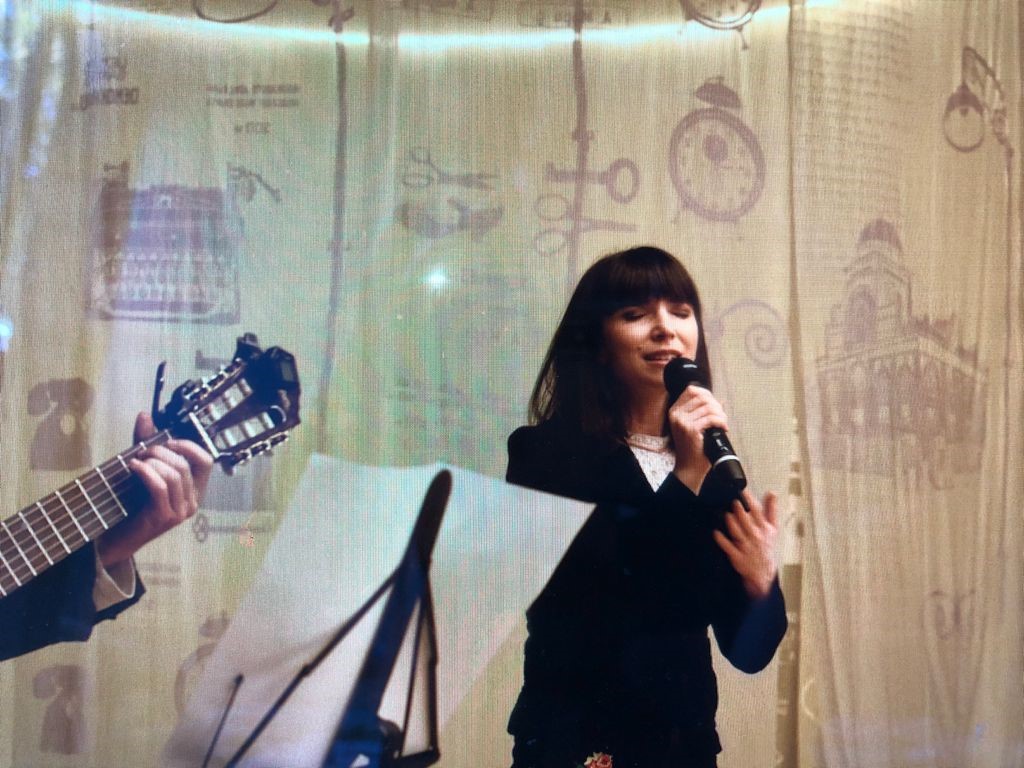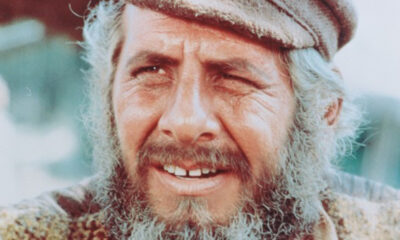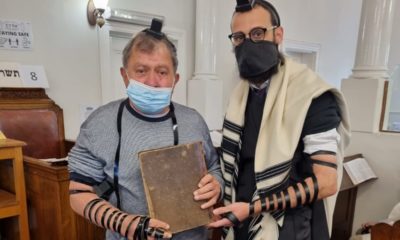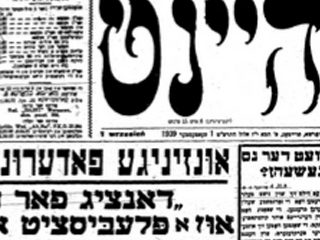
Lifestyle

The music of the amazing Yiddishe mammas
Soprano singer and storyteller Leigh Nudelman Sussman is showcasing the Yiddish songs of trailblazing female stars. The SA Jewish Report caught up with her.
What drew you to sing in Yiddish?
At Beit Emanuel where I sing, the rabbi suggested a few years ago that I should explore singing Yiddish songs. I started learning a few to record an album, and was hooked for life.
What is it about Yiddish that resonates with you?
At first, the language and the songs were foreign. But the more I practiced them, the more I realised the language, the stories, the culture, and the music is coursing through me. Yiddish is in my DNA. The language reveals who we are as Jews, with our unique humour, wisdom, and resilience.
Words like kvetch, kibitz, nokhshlepper, farshtinkener, farblonzher, nudnik, shmatte, and, of course, oy vey, these are just a few of my favourites.
Can you speak Yiddish? If so, how and where did you learn?
I’m always embarrassed to admit that I only sing in Yiddish! I went to Yiddish classes for a while with the Yiddish Academy in Johannesburg. It was way too advanced for me, but I learnt how to read in Yiddish, was privy to wonderful publications like The Jews of Johannesburg by Liebl Feldman, and got a feel for the comic banter between Yiddish speakers.
In the upcoming performances, you focus on the stories and songs of several Yiddish women singers. How did you select them?
I made a list of the songs I love to sing, and some songs I’ve wanted to add to my repertoire, and then I tried to find a Yiddishe mamma behind each song. I researched using the digital resources of the Jewish Women’s Archive. I also dipped into Veronica Belling’s book, Yiddish Theatre in South Africa.
Which most inspired you?
They’re all so inspiring! All the Yiddishe mammas, even though they wouldn’t have named themselves as such, were feminists. But Molly Picon is top of my list. She pushed so many boundaries as a female performer. In the early 20th century, she dressed up as a young boy, a character she named Yid’l, and this was something she did even up until around the age of 70! She even admitted once that she was Yid’l. This was certainly challenging gender norms of the time. She also challenged traditions and Jewish stereotypes. In one of her films, Os un Wes (East and West), she plays a modern American girl who visits her traditional Jewish family in Eastern Europe. It makes for fantastic comedy but also asks important questions about what it means to be Jewish. She not only performed but also wrote lyrics and music. She did all this while still having a wonderful marriage to her partner in life and work, Jacob Kalich.
Which do you believe were the leading trailblazers?
Sophie Karp, the first professional Yiddish actress ever.
Sarah Sylvia, who Veronica Belling describes as the “grande dame of Yiddish theatre in South Africa”. Perhaps without her, Yiddish theatre here wouldn’t have existed.
Sophie Tucker, with her quite vulgar yet self-effacing humour, redefined comedy and paved the way for female Jewish comedians like Joan Rivers and Sarah Silverman. Using a mix of stand-up and song, she would speak about the sexual appetite of women and about her weight. People say she not only forged a new Jewish comedy, but comedy in the United States in general.
And, of course, Picon. She was arguably the most well-known Yiddish figure of them all.
Tell us about Karp.
Born in Russia, she was discovered by and performed for Abraham Goldfaden’s company at the age of 16. Before that, she worked as a seamstress. Like so many other Jewish performers of her time, she landed up in bustling New York City. There’s a picture of Karp, at the age of 34, on a poster. It depicts a “Madam Sophia Karp” and describes her as a “prima donna”. Perhaps she should be considered the original Yiddishe mamma not just because she was the first professional Yiddish actress, but because she also founded the Grand Theatre in New York City, the city’s first purpose-built Yiddish theatre.
Chayela Rosenthal and Sylvia were in local theatre. Tell us about their acclaim.
Sylvia was a remarkable performer. People said her performances had a mystical quality and vitality even into her seventies. She was born in London and before coming to Johannesburg with her family, she played the leading role in Goldfaden’s play Shulamis, at the tender age of 12. In Johannesburg, she performed in Yiddish and English plays alongside famous stars and was a producer. She had two theatre companies in Johannesburg. They would bring out all the famous international Yiddish performers, and the shows were huge. One such show was Max Perlam’s musical revue, which played to 20 000 Jews in the first two weeks. Picon was another star brought out by Sylvia, as well as Rosenthal. Named “the wonder child of the Vilna ghetto”, Rosenthal was a Holocaust survivor. The song, Zog nit Keinmol, sung every year at Holocaust memorial ceremonies around the world, is a song first sung and made famous by Rosenthal.
Why is it important to keep Yiddish songs alive?
Yiddish is part of our culture and heritage as Jews in South Africa. Yiddish culture is also important in relation to Holocaust remembrance. Yiddish isn’t all doom and gloom though. Yiddish and the songs are alive, embodying a unique wisdom, humour, resilience, and Yiddishkeit.
To whom do Yiddish songs/music appeal?
One might think these old songs will appeal only to older Jewish audiences. But the songs are vibrant and diverse and appeal to young and old. In fact, klezmer, a particular kind of Yiddish music, is making a big comeback around the world.
What does Yiddish represent for our community?
In Johannesburg, Yiddish has sadly been very much forgotten. In Cape Town, more seems to have been done over the years to connect to Yiddish through festivals and performances. In Johannesburg, there are a few Yiddish classes; on ChaiFM there’s a Yiddish show once a week; and there are collections of Yiddish books and newspapers, such as at the Yiddish Academy. Of course, in certain religious circles, Yiddish does feature. But for young Jews, nothing is done to help them feel connected to the language and culture. I would love young people to see that Yiddish isn’t just about the Holocaust. It’s fun and it’s engaging. I would love them to come and see the show.
Why is it important to remember these women and what they represent during Women’s Month?
As leaders in their field, as trailblazers and as boundary pushers, they can inspire us. The Yiddishe mammas straddled the lines of power in a patriarchal world. In South Africa, with our painfully violent patriarchal society, and even in our own Jewish community, these women can get us to ask important questions about power and equality.
- Leigh Nudelman Sussman will perform her show at Limmud on the weekend of 25 to 27 August and then at Theatre on the Square in Sandton on 1 September.










